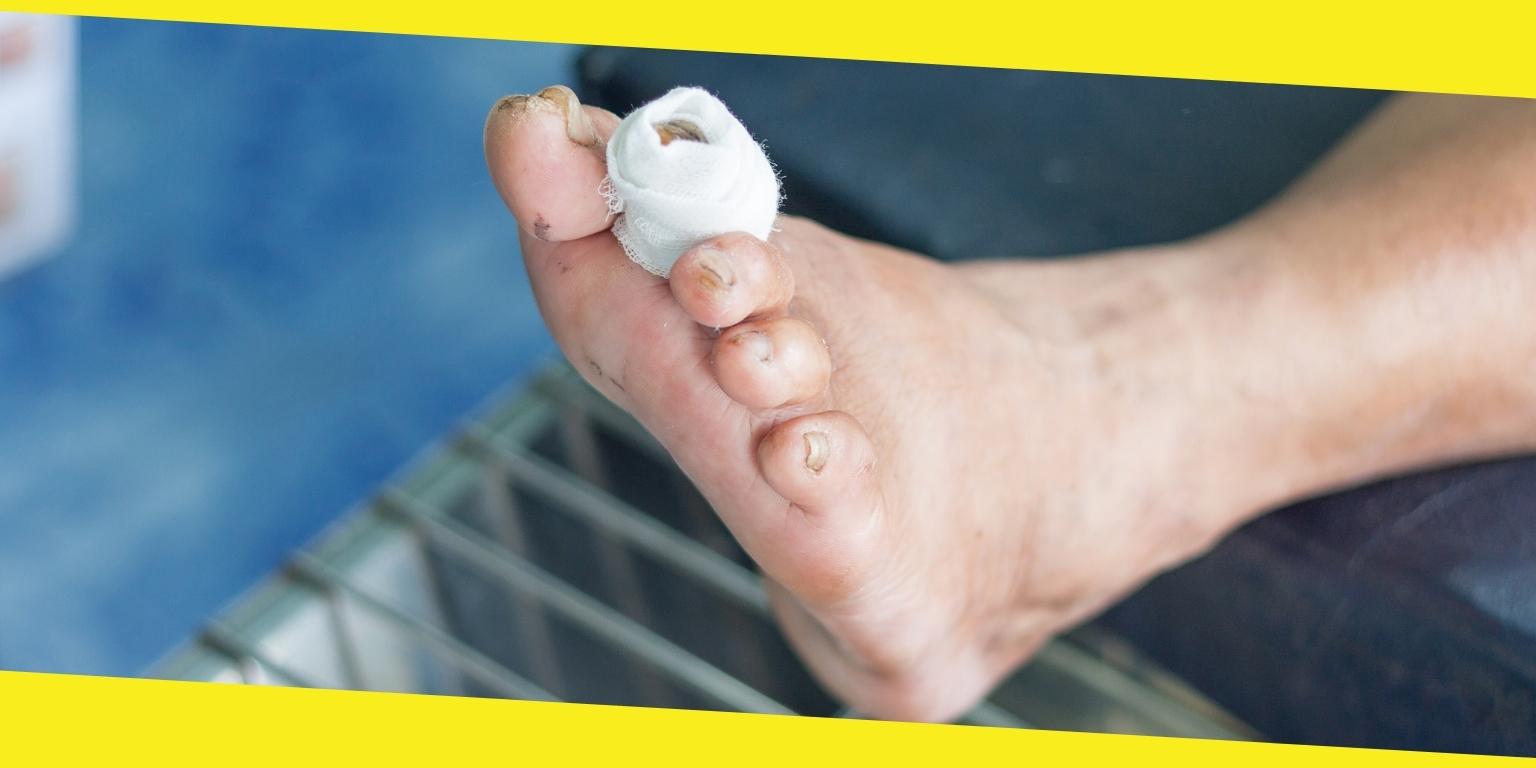
Diabetic wounds are sores that develop when high blood sugar levels damage blood vessels and impair wound healing. Poor circulation in the legs, feet, and toes can also contribute to diabetic wounds Overland Park developing in those areas. High blood sugar levels also make it harder for the body to fight infection. If a person has diabetes, they are more likely to develop an infection from even a small wound such as a blister.
If left untreated, diabetic wounds can become dangerous and lead to amputation of the affected limb or death from sepsis. This life-threatening condition occurs when the body has an overwhelming immune response to an infection.
Here is everything you need to know about diabetic wounds:
What are the causes of diabetic wounds?
There are several ways in which diabetes can wreak havoc on the body, and these wounds can have many possible causes. You may be prone to having diabetic wounds if you:
- Have nerve damage from diabetes (neuropathy), making you less likely to notice when your skin has been injured.
- Poor blood circulation due to diabetes slows down blood flow and prevents fresh oxygen from reaching your skin.
- Have trouble regulating blood sugar, which prevents proper healing and causes your wound to heal slowly or not at all.
Who is at risk of developing diabetic wounds?
1. People with diabetes
You can develop diabetic wounds if you have chronically high blood sugar levels. If you have Type 1 diabetes, it is because your body does not produce enough insulin. But if it is Type 2 diabetes, that signifies that your cells are resistant to the effects of insulin. Either way, poor regulation of blood sugar can cause damage to small blood vessels and nerves in different parts of your body, including those in your feet and legs.
2. Weakened immune systems
When the immune system is weakened, the body may make it difficult to heal. Many people with diabetes have a weakened immune system, making diabetic wounds more likely to develop. If you have diabetes and trying to heal from an injury, consult with your doctor about how you can aid the healing process.
Symptoms of diabetic wounds include pain, lack of sensation, and swelling. These symptoms can vary depending on the type of wound. If you have any of these symptoms and suspect you may have a diabetic wound, see your doctor for a diagnosis.
3. Diabetic wound diagnosis
The doctor will examine the wound and ask about your medical history. They can also check the integrity of your circulatory system. This is done using tests to determine whether blood flow is sufficient to the area surrounding the wound. This helps determine how well oxygenated and, therefore, more viable cells are in this area.
Bottom line
Diabetic wounds develop once high blood sugar levels injure blood vessels and weaken the wound healing process. These wounds can become infected, so they need to be carefully monitored by a healthcare professional and treated promptly with antibiotics if an infection occurs. The best way to prevent diabetic wounds is to keep your blood sugar levels as close to normal as possible. If you have diabetes and notice any unusual changes in your skin, see a specialist at Wound Evolution right away to avoid complications from untreated diabetic wounds.